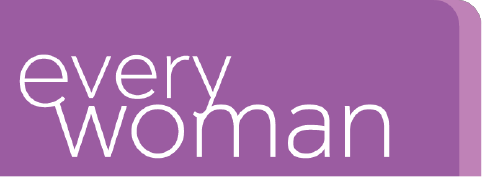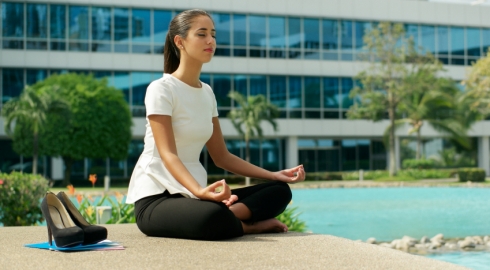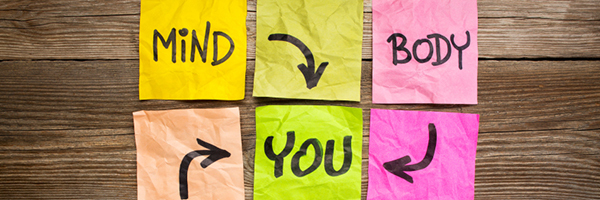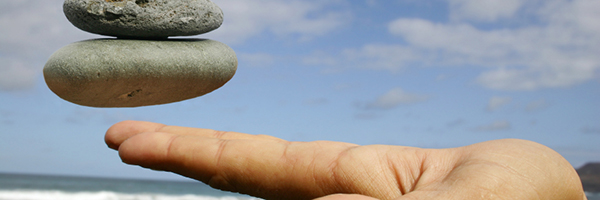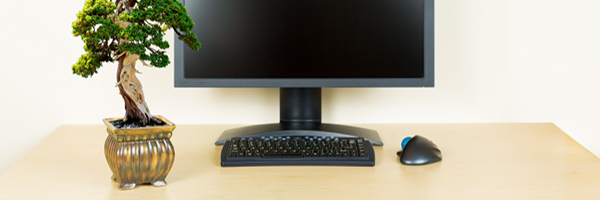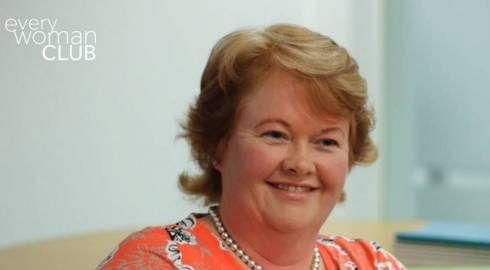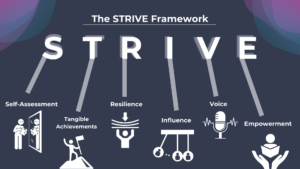For all its buzz, the breakneck pace of our 24/7, digitally enhanced working world can often leave even the most hardy of us feeling physically and emotionally drained, overwhelmed and disengaged after a day at the office. So it’s no surprise that the impulse to embrace meditation, its lifestyle polar opposite, has been felt by a growing army of individuals and corporations – from Nike and Facebook, to creative geniuses such as Girls’ Lena Dunham and the late Steve Jobs.
The movement to integrate meditation and mindfulness in the workplace (and by extension, our personal lives) has been gathering steam for the past few years. Recently, however, it’s exploded into a bona fide phenomenon. TIME magazine declared a ‘Mindful Revolution’, while the inaugural two-day Mindful Leadership Global Forum launched in September 2014 in Sydney, boasted speakers from esteemed institutions such as Stanford University, IBM and the World Economic Forum, all extolling the virtues of meditation in the workplace.
According to these eminent thinkers and trend makers, it’s also your business’s key to success this year.
Who’s who in the ‘meditation in the workplace’ movement?
Tech giants Google, Apple and Facebook latched on to the benefits of meditation as far back as 2006 – and where those Silicone Valley trendsetters tread others follow… Global business behemoths Unilever, Chase, Aetna, General Mills and Deutsche Bank all now offer meditation and mindfulness training for employees, while the Bank of England runs lunchtime meditation sessions. BP in London’s Canary Wharf has its own meditation room and Goldman Sachs has specially designed meditation pods for its employees.
It’s even spread to the corridors of powers in the UK. London meditation centre, Inner Space, runs weekly on-site sessions for various government departments at Whitehall. Inner Space’s other high-profile clients include banking, fashion, tech, PR and media companies, universities, and health and social professionals. ‘The last couple of years has seen meditation in the workplace become more popular than ever. Employers are recognising it has a direct impact on productivity,’ says Inner Space meditation teacher Amisha Bhavsar.
Why meditation?
In essence, meditation begins and ends with the breath – focusing on your breathing while allowing thoughts and outside distractions to wash over you. But while its roots are in Eastern philosophy, the modern-day workplace version is a different kettle of fish. Relaxation rather than the search for Nirvana is at its core and many of the new nationwide meditation courses available for those in the workplace are completely secular. Bemindful.co.uk, for instance, is a campaign run by the Mental Health Foundation that offers popular Mindfulness Based Stress Reduction courses (MBSR) to businesses and individuals, which are a blend of meditation, yoga and mind-body exercises.
“Meditation practice benefits employees and businesses as a whole,” says Bhavsar. “Not only do sessions relax people, they also energise the mind, which results in better productivity, focus, interpersonal skills and creativity. Plus, when employers organise a meditation session it also sends out a really positive message to employees. It says, ‘We value you, it’s okay to take some time away from your desk.’ And when an employee feels valued they feel more pride and loyalty for the company they work for.”
Meditation in practice
So what does an at-work meditation session look like? Well, for anyone still slightly sceptical, don’t worry; it doesn’t mean joss sticks, robes and chanting ‘Om’ alongside Dave from accounts. On-site meditation sessions are usually held in a meeting or conference room; participants sit on chairs and do nothing more physically daunting than closing their eyes, focusing on their breathing and listening to the meditation teacher.
Take, for instance, Inner Space’s two types of meditation session: the ‘Take a Break to Meditate’ session, which is a 20 to 30-minute guided relaxation and creative visualization; and the ‘Relax your mind at your desk’ session, a how-to meditate lesson. Both classes are offered as one-off or weekly sessions and are typically held at lunchtimes.
Results are noticeable after just one session, according Amisha Bhavsar. “One of the things I enjoy seeing most after a session are smiles emerging on people’s faces. With each weekly session we do we also feel people are becoming more and more open to meditation and its benefits. The atmosphere in a room changes and by the end of the session you’re aware that people are less bothered by outside distractions. Lunchtime meditation sessions are great for overcoming the afternoon slump, too. People walk out feeling energized and productive.”
Gentle practice, strong results
While meditation might be gentle in its methodology, the practice in the workplace is garnering cold, hard results – and it’s getting a lot of companies excited. When US bank Wells Fargo invited employees to take part in a mindfulness and meditation programme, it reported selling 15% more loans and taking 21% more deposits than a control group, after the session. Those who took part also cited better relationships with clients and colleagues and a greater sense of fulfillment at work.
Meanwhile, the key take-outs from the Mindful Leadership Global Forum, were that meditation in the workplace enhanced performance and productivity, increased energy, attention and innovation, helped companies to thrive in a digital age and reduced stress, burnout and organizational costs. With stress-related absences costing the UK alone £26bn in 2013, who wouldn’t want to give meditation a go?
Make meditation work for you
If you’re keen to introduce meditation to your business, a simple Internet search for accredited meditation teachers and meditation centres in your area is a great starting point as many places offer group on-site meditation courses. However, we recommend you arrange to meet face-to-face to discuss your requirements and ensure a good ‘fit’ first. Whether you’re a CEO, manager or a team member wanting to embrace meditation, the good news is that there are many ways to integrate it into your working environment and your personal life: from popular apps, such as Headspace, to a veritable feast of online guided meditation sessions and group meditation sessions, the options are vast. So why not follow the lead of those who’ve made meditation work for them, today? Then just breathe and let the results speak for themselves.
Ready to try meditation for yourself? Here’s how…
Get a routine in place. Aim to meditate for 5-10 minutes at the start and end of every day. Set a timer on your phone but remember to switch that phone to busy.
Are you sitting comfortably? “It’s better to sit in a chair or on a cushion than lying down on your bed as this might send you to sleep,” says Inner Space’s Amisha Bhavsar.
Follow your breath. Bhavsar suggests three different methods: 1) be present as you breathe deeply and slowly; 2) be present as you follow the ebb and flow of your breath; 3) breathe in, hold your breath for up to 3 seconds, release and repeat.
Visualise. Bhavsar advises: “At the start of your day imagine soft ocean waves rolling into your mind and washing away any anxiety or tension. At the end of the day, visualize standing in a waterfall that’s washing the day away.”
Exercise. “A simple exercise is to focus your mind on different parts of the body, consciously relaxing each part – from your feet to your eyes. If you have an overactive mind, visualize your thoughts as clouds and allow them to drift across your mind leaving a bright blue sky behind,” says Bhavsar.
- 3 is the magic number. Try to find a minute or two for yourself three times during the day. You don’t need to do anything taxing; you don’t even need to close your eyes – just spend a minute being really present, as you type or as you drink your coffee, for instance. Or why not nip off to the canteen/bathroom/break out area and just concentrate on breathing deeply and slowly for a minute.
- Do it on your commute. Download some meditation, yoga or relaxation music and let it calm your mind on the way to work.
More helpful tools on the everywomanNetwork:
Stressed? Why daydreaming could help?
Visualisation for career success: a beginner’s guide
Resources
everywomanTrends is an article series focusing on the newest thinking and popular discussions around all things related and of interest to women in business. If you have an idea for an everywomanTrend article you can get in touch with us at [email protected].
